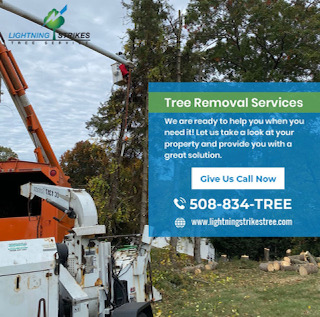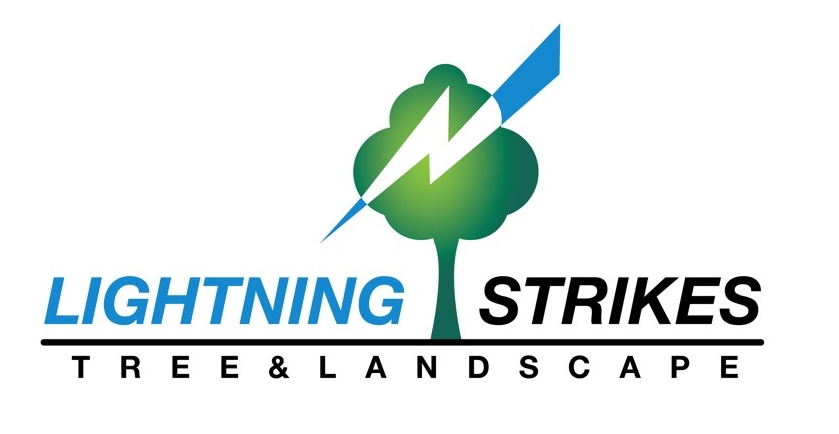-

Plymouth is blessed with beautiful green trees lining its residential streets, giving the area a nice nostalgic edge. Residents and the government have been keen on keeping it that way. Once in a while, however, a tree may develop a problem that may raise the question “should I remove this tree or not?” and questions like this require answers from professional arborists.
A tree found in natural areas such as reserves may be allowed to die naturally since they pose no threat to lives and can serve as a site for storing food or nesting by birds, squirrels and other little animals. On the other hand, a problematic tree found around the residential neighbourhoods should be removed as soon as possible because they could be hazardous to lives and properties.
A lot of property owners, due to emotional attachments or some other benefits are usually reluctant to remove trees. Nonetheless, a tree may be too dangerous to have around and might need to be removed as soon as possible. Here are some of the instances where an emergency tree removal service should be called.
PRESENCE OF A DISEASED OR DYING TREE
While a diseased or dying tree may be easy to spot, evidenced by its lack of leaves in the spring, loss of bark in its trunk, leaf discolouration, black abnormalities in its trunk, decaying of the trunk and so on, it may sometimes remain inconspicuous to a layman and an arborist may be needed to identify it correctly. A diseased or dying tree is a threat to its immediate environment as it can collapse at any time especially during a rain or a wind storm, an emergency tree removal should therefore be done once a tree has been identified as diseased.
AFTER A RAIN OR A WIND STORM
Heavy rain and winds may cause trees to be shaken to their roots and may even cause a lot of trees to lean away from their vertical structure. Last year, Massachusetts experienced several rainstorms and heavy winds which caused a lot of trees to get knocked down on roads and around residential areas. A lot of homeowners, after a rainstorm, attempted to perform a storm clean-up by themselves with the use of an axe, a saw or a chainsaw, and other equipment, this led to injuries and even death. It is therefore important that professionals should be called for tree removals to avoid accidents such as this or even worse.
PRESENCE OF A LEANING TREE
When a leaning tree is noticed, the question, “Is that leaning tree dangerous?” may be raised. A leaning tree may be caused by a number of factors including a damaged root or in an attempt to extend its leaves into the sunlight. Although not all leaning trees are dangerous, for instance, most oak trees are very strong structurally and can lean all the way to a side without collapsing, it is still very important to reach out to an arborist when a leaning tree is noticed. With the use of their special skills a Plymouth arborist would know whether a leaning tree should be removed or if it could be fixed. Usually, if a tree leans more than 15 degrees away from the vertical structure, it could be a potential hazard and should be removed immediately.
PRESENCE OF A TREE WITH A DAMAGED ROOT
The root of a tree helps the tree to stand upright and to draw nutrients and water from the ground, thus, roots can be said to be vital to the survival of trees and they also serve as health indicators for trees. Since a tree with a damaged root will not be able to take up water and nutrients, the most obvious sign of a tree with a diseased root is wilting. A wilted tree will look dry and may have begun to lean to a side. Sometimes, a tree with root damage can be cured but a professional will be needed to identify whether or not a tree with a damaged root can be saved or should be removed. Steps have to be taken as soon as possible after identifying a tree with a damaged root because it has lost its structural support and can collapse even with the slightest storm.
PRESENCE OF A HOLLOW TREE
Trees are usually characterized by holes in their trunks and branches; thus, a lot of homeowners do not see an immediate cause for concern. Hollowing can be caused by a number of factors including age, stress or damage such as fire, insect infestation, fungus infection and wind. Depending on the size of the hollow or the age of the tree, most hollow trees do not pose immediate threats to the environment. However, if the base of the tree is extremely hollowed, or one-third of the trunk has been hollowed, it can be dangerous to keep such trees around and they should be removed as soon as possible.
PRESENCE OF A TREE WITH DEAD BRANCHES
Some trees have dead branches and this may be caused by an infestation, infection or when the tree itself is self-thinning. A dead branch can collapse on people or properties and can cause injuries or worse. This can however be solved by simply calling for a tree trimming service to remove the dead or diseased branch. In cases where the biggest branches of the tree are infected, tree removal may be necessary as other parts of the tree may have been infected already.
Tree removal in Plymouth is being regulated by the government in other to ensure the protection, preservation and reforestation of the city’s trees, thus, it is important to submit a request in writing to the city manager and to take the necessary steps before tree removal is done in the area.
Trees are important for the environment as they clean the air, reduce climate change, control the temperature, increase property value and are aesthetically pleasing, however neglecting them can lead to avoidable tragedies.
Are Trees Damaging Your Property?
Sometimes one bad tree can damage your entire landscape and even your home. Consult with our trained staff for a free assessment
Available 24/7 for Emergency Service
Did lightning strike? That’s our specialty. One call and we will dispatch our emergency response team to handle all your emergency tree service needs
Hours
Monday: 7:30am - 6:30pm
Tuesday: 7:30am - 6:30pm
Wednesday: 7:30am - 6:30pm
Thursday: 7:30am - 6:30pm
Friday: 7:30am - 6:30pm
Saturday: 7:30am - 6:30pm
Sunday: Closed
We Are Serving Plymouth, MA | Milton, MA | Canton, MA
Copyright © 2022 - Lighting Strikes Tree LLC. All Rights Reserved.

